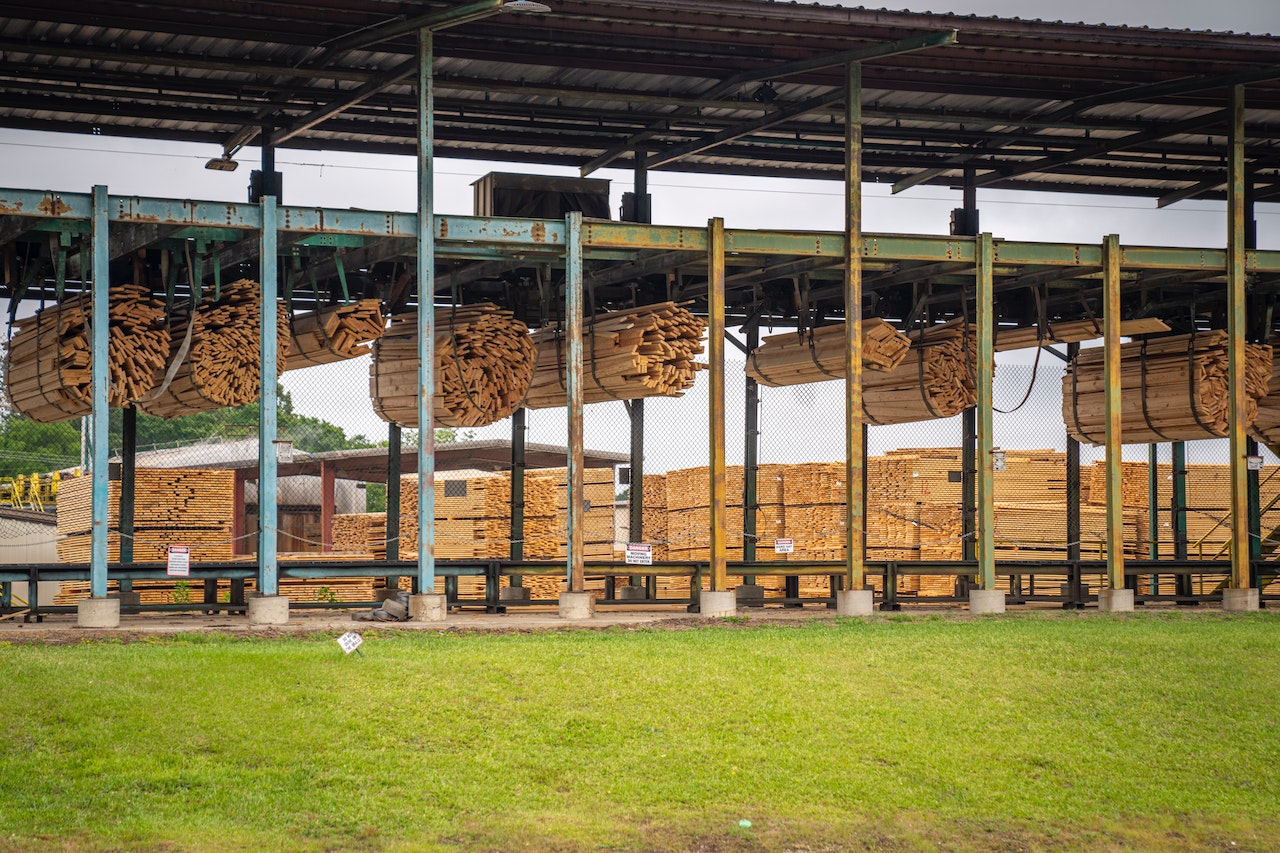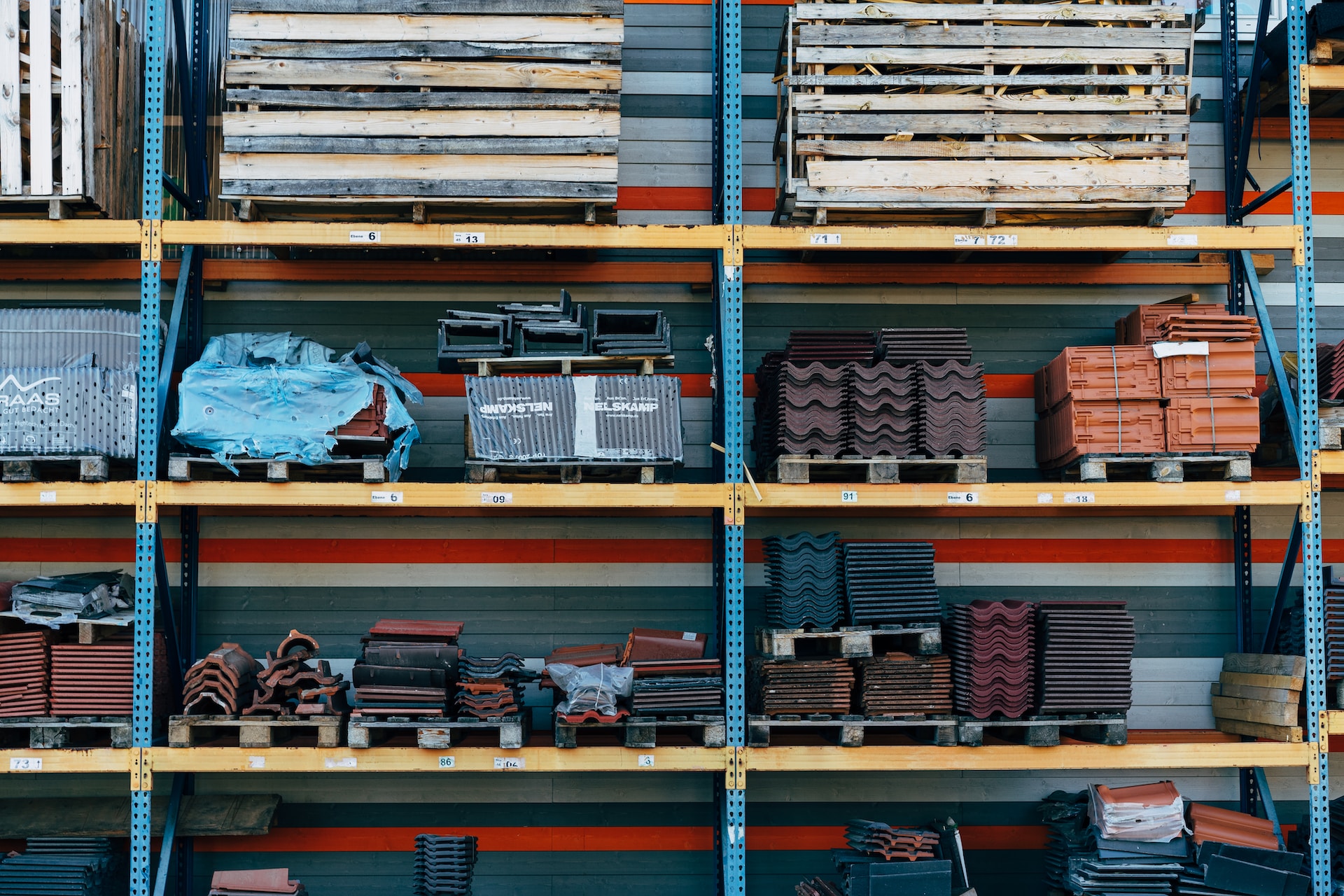Material Costs & Supply Chain Impacts on Construction Estimating
 By
Madison Faulkner
·
4 minute read
By
Madison Faulkner
·
4 minute read

The construction estimating industry is facing significant challenges due to higher material prices and frequent supply chain disruptions impacting materials delivery. The cost of materials, such as lumber, steel, and copper, has increased significantly, making it challenging to create accurate and reliable cost estimates.
Additionally, the COVID-19 pandemic has caused supply chain disruptions, resulting in delays in material deliveries, shortages, and increased transportation costs. We've explored the impact of material prices and supply chain disruptions on construction estimating and suggest some strategies to mitigate these challenges.
"The more things cost when material costs are rising disproportionately to the cost of living and the country's general economy, the more critical it is that your numbers are accurate.
Impact of Material Prices on Construction Estimating
Material prices have been rising steadily in recent years, driven by a combination of factors such as increasing demand, supply chain disruptions, and tariffs. Construction Industry Report Predicts 2023 Materials Pricing by Gigi Wood states, "Rising demand for aluminum, copper, and nickel will drive prices up on electrical and construction projects." Wood also states concrete costs were rising at the end of 2022 but to expect a decline by the end of 2023. Lumber costs have consistently risen since 2020 and can be expected to start to decline further as the residential housing market slows down due to high interest rates and overall cost of living increases nationwide. These increases in material prices make it challenging to create accurate and reliable cost estimates for construction projects.
JLL, a real estate and investment management firm, recently published a Construction Outlook Report for the US and Canada for 2023. Read the full report here. Key takeaways we'd like to call attention to:
-
US material prices declined in second half of 2022—for steel and lumber—but average prices from 2022 were 16% higher than 2021
-
Expect 5% more active construction projects on average in 2023. Construction activity is anticipated to peak in mid-2023 and contract due to an ongoing decline in starts
-
Lists concrete, plumbing, electrical, masonry and HVAC as increasing materials costs in 2023
-
Metals, opening, finishes and furnishing are stabilizing in cost
-
Wood, plastic, Composites, Therm, Energy, and Transportation are declining in cost and most likely to rapidly change in cost
-
Construction activity predicted to stabilize around pre-pandemic levels by late 2024
-
Industrial development activity up in nearly half (48%) of metros, office construction lagged significantly behind (due to remote working being embraced post-COVID by more employers)
from pages 4 - 10 of JLL 2023 US and Canada Construction Outlook Guide

From this data we can determine that the construction materials market is in flux. Key indicators for the market are volatile and many factors can easily sway costs up or down. Geopolitical conflicts threaten to hinder supply chain transportation. Additionally, natural disasters in Turkey and Syria have left thousands of structures needing to be rebuilt from earthquake destruction or damage.
As demands for materials increase in some markets, others are seeing a tightening. The residential market has slowed down due to high interest rates and increased inflation. Millennials, who historically would be nearing the time to purchase their first homes, aren't moving out and are instead opting to save money by living at home with their parents. Without sellers searching for homes, owners aren't ready to sell and builders are taking a pause on new starts. The wise contractor would be looking to expand their services to include commercial construction so they remain competitive in a market steering towards industrial builds as opposed to single family or multi-family residential properties.
The impact of material prices on contractors and estimators is significant because it affects all aspects of a construction project. Higher material prices increase the overall cost of a project, making it more challenging for project owners to secure financing, attract investors, thus making it more difficult for tradesmen to compete for contracts. It also affects the profitability of a project, as higher material costs can reduce profit margins, making it more difficult for contractors to remain competitive. Estimators want to ensure their bids are completed to the highest standards to reduce errors and make the bidding process as easy as possible for their potential customers.
To mitigate the impact of material prices on construction estimating, contractors can consider several strategies. One approach is to explore alternative materials or construction methods that can reduce the cost of a project. These opportunities for cost savings are often referred to as value engineering options. Another strategy is to use long-term contracts to lock in material prices and mitigate price volatility.
"Over estimating can cost you a job and underestimating, costs us sometimes a sh*tload of money. Things need to be right. No matter what way you're wrong it's going to cost you."
Impact of Supply Chain Disruptions on Construction Estimating
The COVID-19 pandemic has caused significant disruptions in global supply chains, affecting the availability and cost of materials and equipment for construction projects. Transportation costs have also increased due to supply chain disruptions, as freight rates have risen sharply in response to higher demand, threats of labor strikes and limited freight capacity.
Supply chain disruptions affect construction project timelines, costs, and overall profitability. Delays in material deliveries can cause project delays, resulting in increased labor costs, extended project timelines, and reduced profitability. Shortages of materials can also increase material costs, making it more challenging to predict accurate cost estimates.
To mitigate the impact of supply chain disruptions, contractors can consider several tried-and-true strategies. One approach is to maintain close relationships with suppliers and establish alternative supply chains to ensure a reliable supply of materials and equipment. Don't keep all your material needs in one proverbial basket. Make sure to keep your network open to new opportunities which may come in handy in the future if issues arise with any of your usual suppliers.
Contractors can also leverage technology to monitor supply chains and identify potential disruptions before they occur. Leveraging new AI technologies to monitor data and predict inventory needs is yet another way to stay ahead of inevitable supply chain delays. Ensure you have the right product on hand by using your construction takeoff data to predict material needs when you first start working on a project.
Having accurate cost estimates early in the project, helps your team win the contract and then quickly order the materials needed. If your early bid quantities are inaccurate, you'll have to take time to revise and the client's project will stall while material costs rise.

We cannot stress enough the impact of increasing material prices and supply chain disruptions on construction estimating. The cost of materials and transportation, combined with supply chain disruptions, can make it challenging to create accurate and reliable cost estimates for construction projects. However, by exploring alternative materials, using long-term contracts, maintaining close relationships with suppliers, and leveraging technology to monitor supply chains, contractors can mitigate the impact of these challenges and remain competitive in the construction industry.
It's without argument, the entire construction industry is facing significant challenges due to material prices and supply chain disruptions. Contractors who take a proactive approach to managing these challenges and exploring alternative strategies can position themselves for success in the long term.
Residential real estate and construction is slowing down in 2023 and it would be in the best interest of some contractors remain agile and to adapt by looking into commercial construction services as opposed to residential only. Yes, there is a greater risk; but with that risk comes greater rewards and an even greater importance on accuracy. Ensure your next takeoff project is completed to the highest standards. Get started with Takeoff Monkey today for your next commercial construction project.